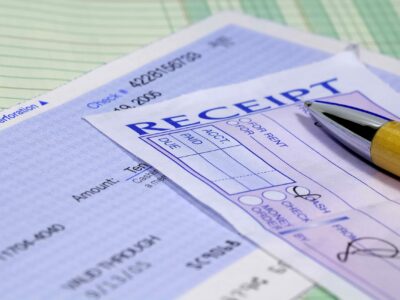
The company then applies first-in, first-out (FIFO) method to compute the cost of ending inventory. FIFO assumes that the oldest products are sold first, but it’s important to make sure that this practice is actually applied to your warehouse. Learn more about the difference between FIFO vs LIFO inventory valuation methods. First-in, first-out (FIFO) is one of the methods we can use to place a value on the ending inventory and the cost of inventory sold. If we apply the FIFO fifo accounting example method in the above example, we will assume that the calculator unit that is first acquired (first-in) by the business for $3 will be issued first (first-out) to its customers.

Cash Flow Statement
In terms of flow of cost, the principle that FIFO follows is clearly reflected in its name. The FIFO method inventory valuation is commonly used under both International Financial Reporting Standards (IFRS) and Generally Accepted Accounting Principles (GAAP). These layers make it hard to report price changes, as altering one can affect the cost of items sold.
- For example, if a company has an inventory that is valued too high, it could result in an overstatement of profits.
- Learn more about maximizing product margins and calculating COGS with fulfillment expenses on our blog.
- The FIFO method provides the same results under either the periodic or perpetual inventory system.
- Businesses would use the weighted average cost method because it is the simplest of the three accounting methods.
- In this example, FIFO provides an assumption of inventory cost flow that yields different COGS and inventory values than other methods over the two periods.
Understanding Different Inventory Accounting Methods
The average inventory method usually lands between the LIFO and FIFO method. For example, if LIFO results the lowest net income and the FIFO results in the highest net income, the average inventory method will usually end up between the two. The company has made the following purchases and sales during the month of January 2023. Inventory costs are reported either on the balance sheet or are transferred to the income statement as an expense to match against sales revenue. When inventories are used up in production or are sold, their cost is transferred from the balance sheet to the income statement as the cost of goods sold. It is one of the most common methods to value inventory at the end of any accounting period; thus, it impacts the cost of goods sold during the particular period.

What Is FIFO Inventory Method?

Under the FIFO Method, inventory acquired by the earliest purchase made by the business is assumed to be issued first to its customers. In accounting, First In, First Out (FIFO) is the assumption petty cash that a business issues its inventory to its customers in the order in which it has been acquired. The company would report a cost of goods sold of $1,050 and inventory of $350.
In other words, the seafood company would never leave their oldest inventory sitting idle since the food could spoil and lead to losses. XYZ Enterprise made its first sale in the month of November by selling 600 wall clocks, XYZ enterprise uses the FIFO method of valuation, and they want to know the cost of the sold units. The FIFO method assumes that the first items manufactured or purchased are the first items sold and that the cost of those items is the cost of goods sold. FIFO has several advantages, including being straightforward, intuitive, and reflects the real flow of inventory in most business practices.
- Because inventory is an asset, you, as the business owner or operator, are responsible for calculating the cost of goods sold, or COGS, at the end of each accounting period.
- In inventory management, FIFO helps to reduce the risk of carrying expired or otherwise unsellable stock.
- While a balance sheet represents a business’s assets, liabilities, and owner’s equity on a specific date, inventory valuation methods help assess those assets’ value.
- However, this model does not offer tax advantages, and it also fails to present an accurate depiction of the costs of the inventory when there is a rapid increase in prices.
- Thus, goods purchased earlier were normally bought at a lower cost than goods purchased later.
Choosing between FIFO and LIFO depends on your business goals, tax strategy, and financial reporting needs. LIFO, however, values inventory at older, lower costs, which can make your balance sheet look weaker. Accountants use “inventoriable costs” to define all expenses required to obtain inventory and prepare the items for Sales Forecasting sale. For retailers and wholesalers, the largest inventoriable cost is the purchase cost. This potential for higher taxes and a less conservative income figure leads some businesses to consider LIFO. Evaluating these aspects helps determine if FIFO aligns with your financial goals.